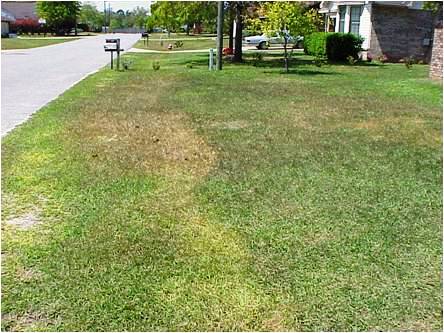by Matthew Orwat | Sep 9, 2015

Azaleas pruned late in the fall will have little or no bloom in the spring. Image Credit: Matthew Orwat
As fall approaches, our spring blooming shrubs such as gardenia, spirea and azalea begin to look unkempt and overgrown. That means it is time to give them a severe pruning to get them ready for winter, right? Not so fast, take a minute to understand the growth habit of each species before diving in with the pruning shears.
Azalea:
Many do not understand that annual spring azalea bloom could be sacrificed completely by pruning spring blooming azaleas at the wrong time.
Pruning traditional azaleas in the fall will result in a loss of spring bloom the following year because most bloom on previous years’ wood. This means that they flower on growth put on throughout the previous growing season. If a gardener removes the previous season’s new growth, they are removing the blooms as well.
So, when is the proper time to prune azaleas? The ideal time to prune is directly after the spring bloom. This will give the plant enough time to generate abundant new growth, thus maximizing bloom next spring.
Even the developers of the Encore Azalea, a new repeat blooming type, recommend pruning as soon after the spring bloom as possible to maximize bloom set for the following year.
For more information on pruning azaleas or on general azalea culture, please read the UF / IFAS publication Azaleas at a Glance or check out the Pruning Azalea page on Gardening in a Minute.
Gardenia:

Gardenia, Image Credit Dan Culbert.
Gardenias don’t need much pruning except to remove any dead or non-productive wood, to help them remain bushy, and to remain the same size as other plants in the landscape. Choose a cultivar that will mimic the size of other shrubs, not one too large for the area. Pruning should be done as soon after the summer bloom as possible. Pruning after the beginning of fall will reduce the next year’s bloom production. Know your cultivar. Some cultivars of gardenia flower on new wood as well as old, while some flower on old wood only.
Spiraea:
Regarding spiraea, prune after the bloom as needed. The closer to the late summer or autumn, the greater negative effect pruning will have on bloom quality since spirea set their bloom in early autumn.
I hope this article prevented a few pruning disasters as well as started a thinking process for the act of pruning your landscape plants.

by Matthew Orwat | Aug 11, 2015
Building a floating hydroponic garden as a fall project could be rewarding and delicious. In the fall, lettuce, cabbage and greens are ideal for floating hydroponic gardens.
Watch a video by UF / IFAS Extension Agents to learn how to construct your own floating hydroponic garden by clicking on the picture below.
The publication, Building a Floating Hydroponic Garden, is also available for those interested in more information.
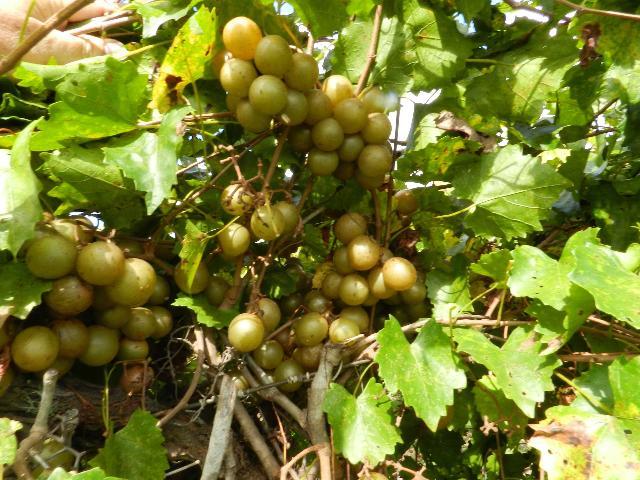
by Matthew Orwat | Aug 3, 2015

Muscadine cluster Credit: Peter C. Andersen, UF/IFAS Extension
Muscadines are a terrific grapey treat this time of year ’till fall throughout North Florida. To grow muscadines well in the home garden, care must be taken when pruning to maximize spatial efficiency and yield.
August is the very beginning of the muscadine harvest in the Florida Panhandle, which may last until October. Therefore it is also the time to begin thinking about pruning.
Once harvest concludes, it is usually a gardeners’ natural inclination to immediately prune their muscadine vines. This fast action is not the best for plant condition and next year’s yield, especially if there is an early frost. Early frosts surprise the plant before sugars have been moved to the roots for storage during dormancy. Therefore, waiting to prune in mid January to mid March will ensure that the vine has had adequate time to go dormant and acclimate to the winter season. A good rule of thumb is to wait to prune until bud swell or even first leaves emerge. This will greatly reduce the chance that vines are damaged by late frosts.
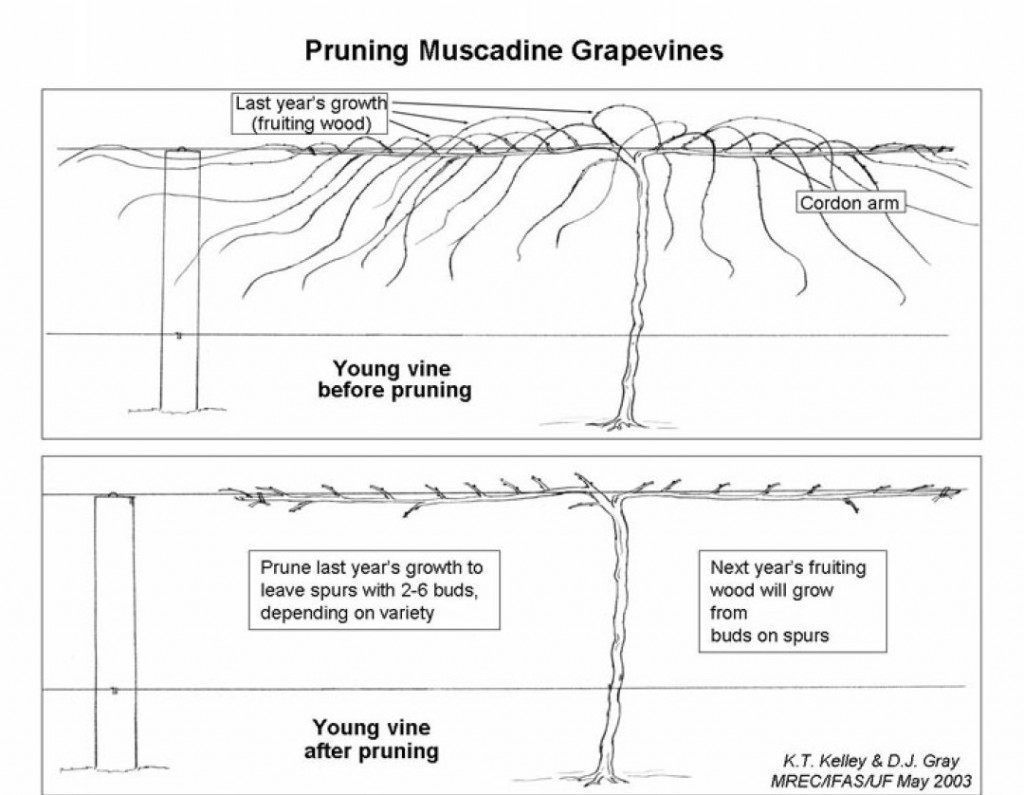
K.T. Kelly and JH. D. Gray, MREC/ UF/IFAS Extension 2003
Muscadines flower and fruit on shoots from current, not previous, years growth. These new bearing shoots arise from the leaf axils of the previous years’ growth. Pictured above is the bi-lateral cordon training system. This is the most popular system for muscadine production. Pruning must be performed to maintain this configuration. If vines are too vigorous, it is acceptable to prune lightly throughout the growing season.
Vines must also be trimmed before herbicide application at least 2 feet from the ground. Nonselective systemic herbicides don’t harm tissue with bark, but must not come in contact with green tissue or it will be translocated to the roots and damage the plant.
Using a bi-lateral cordon system, there are two main branches or “cordons” of the vine. Along each cordon, fruiting spurs should be spaced approximately every six inches. Each fruiting spur should contain 2-4 nodes.
If fruiting spurs become more than one foot from the cordon, it is time for spur renewal. This is typically done every 3-6 years. Entire spurs can be removed if they lose productivity and replaced by new shoots. Additionally, cordons may lose productivity or die off after 5 to 10 years of production. If this occurs, simply remove the cordon and train a new or existing branch into a new cordon.
Pruning with a design in mind and at the proper time will enhance performance and longevity of muscadines in the home garden.
Information from this article was derived from HS763 The Muscadine Grape

by Matthew Orwat | Jul 15, 2015

Coneflower, after deadheading, with new growth and flowers. Photo Credit Matthew Orwat, UF/IFAS Extension
During these “dog days”, full of hot temperatures punctuated with intermittent rain, gardeners can lose the motivation to get out there and get things done. One task, deadheading, can make a huge difference in the appearance of one’s landscape without a whole lot of effort.
The act of deadheading is the removal of individual blooms or flowering stalks that are past their prime. When deadheading, always trim the stem to an area above a node. The node can be determined by the presence of a leaf and its attachment to a stem. This area is known as the leaf axle.
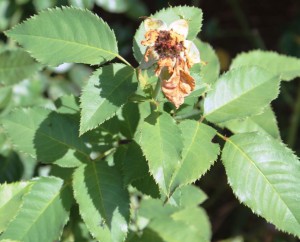
Roses before and after deadheading Photo Credit Matthew Orwat, UF/IFAS Extension
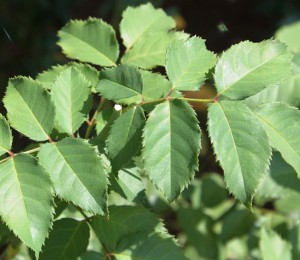
Roses before and after deadheading Photo Credit Matthew Orwat, UF/IFAS Extension
The main benefit of deadheading flowering shrubs and perennials, particularly in the spring and summer, is that removal of spent flowers promotes new growth and more flowers. It also eliminates unsightly seed stalks and decaying petals from the landscape. If trying to save seed or promote re-seeding, do not deadhead in the fall or near the terminal side of a given season for any plant.
Once proper deadheading is performed, new growth will emerge from the trimmed area. Oftentimes, this new growth is another single flower or flower cluster.
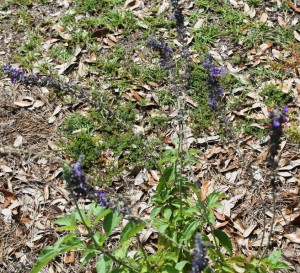
Salvia, before and after deadheading Photo Credit Matthew Orwat, UF/IFAS Extension
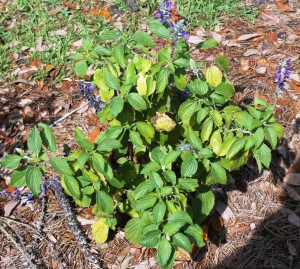
While this process is generally used for repeat flowering shrubs, such as roses, it can also be used effectively on crapemyrtle, salvia, cone flower, coreopsis, and many others.
Promote an extended bloom season in the garden and deadhead!











